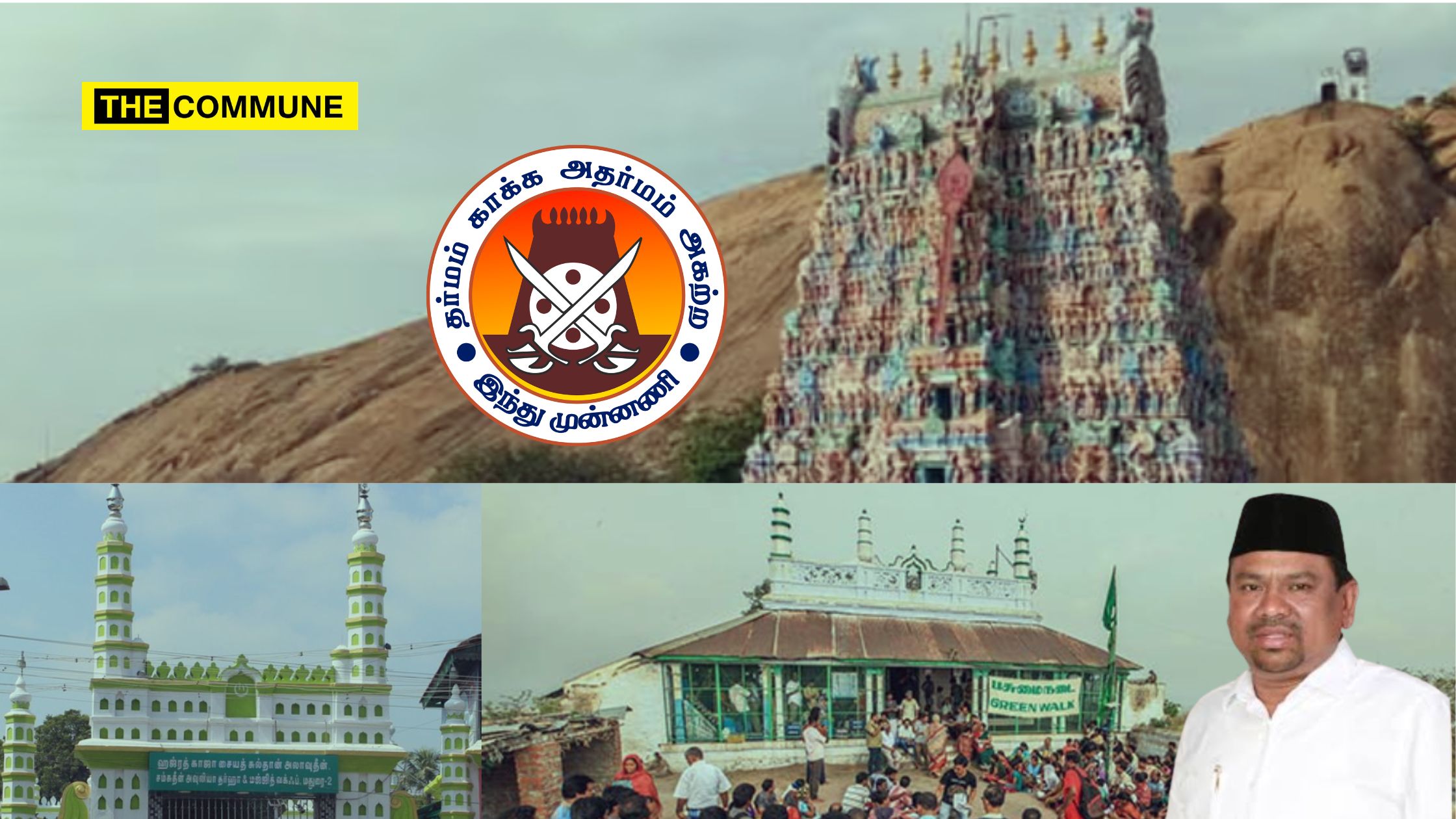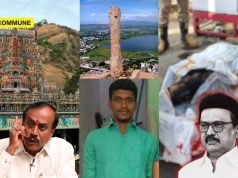
Hindu Munnani has raised questions regarding the Tamil Nadu government’s stance on the Thiruparankundram hill, using tourism department records to inquire about the historical origins of the Dargah. Specifically, they have asked how the Sikkandar Badusha’s body, buried in Madurai’s Goripalayam, is linked to the Dargah on the Thiruparankundram hill. They also demanded clarification regarding the claim made by the DMK ally and Ramanathapuram IUML MP Navaskani, who recently stated that the Thiruparankundram hill dargah belongs to the Waqf Board.
Goripalayam Dargah
The Tamil Nadu Tourism Department describes the Goripalayam Dargah as a significant spiritual site located in Madurai, dedicated to Hazrat Syed Shahul Hameed, a revered Sufi saint. This 13th-century shrine attracts numerous devotees seeking blessings and peace. It houses the mausoleum of Hazrat Sultan Sikandhar Badusha, a descendant of the Prophet Muhammad. The complex also features a mosque where regular prayers are held. Though primarily a Muslim site, the Dargah is visited by people of all faiths in search of solace.
The Dargah’s significance extends beyond religious boundaries, symbolizing the harmony between Islam and Hinduism in Madurai. The annual Urs festival, a celebration of Hazrat Sultan Sikandhar Badusha’s life, brings together a diverse mix of cultures, traditions, and languages. This event highlights the long-standing cultural and religious diversity in Madurai. The Dargah serves as a peaceful retreat amidst the bustling city, offering visitors a chance for reflection and spiritual connection.
Historically, the Goripalayam Dargah dates back to the 17th century when Hazrat Sultan Syed Ibrahim Shaheed Badusha arrived in Madurai under the rule of King Thirumalai Nayak. The saint’s miraculous acts and his positive relationship with the locals are noted as key factors that led to the establishment of the worship site, with the king supporting the spread of Islam in the region.
Notably, the Goripalayam Dargah is one of Tamil Nadu’s oldest and most revered dargahs, housing the tombs of two prominent Muslim saints. Many believe that visiting the Dargah can cure ailments, adding to its mystique and importance in the region’s spiritual and cultural landscape.
In this regard the Hindu Munnani via his official X account questioned, “The Tamil Nadu Government Tourism Department records that Sikandar Badusha’s body is buried in the Madurai Goripalayam Dargah. (There is a record that it was built in the 17th century.) If this is the case, how did the Dargah come to be on the Thiruparankundram hill? Will the government and the court immediately tell the truth to the Hindus? Hindus, think about it. Ramanathapuram Member of Parliament Navaskani claims that the Thiruparankundram hill belongs to the waqf board? What is the truth of this?”
மக்களே!! உண்மையை தெரிந்து கொள்வீர்!!#முருகன்எதிரிதிமுக #SaveThiruparankundram #முருகன் #HinduMunnani pic.twitter.com/Bt8sazSQPc
— Hindu Munnani (@hindumunnani_tn) February 6, 2025
Subscribe to our channels on Telegram, WhatsApp, and Instagram and get the best stories of the day delivered to you personally.




